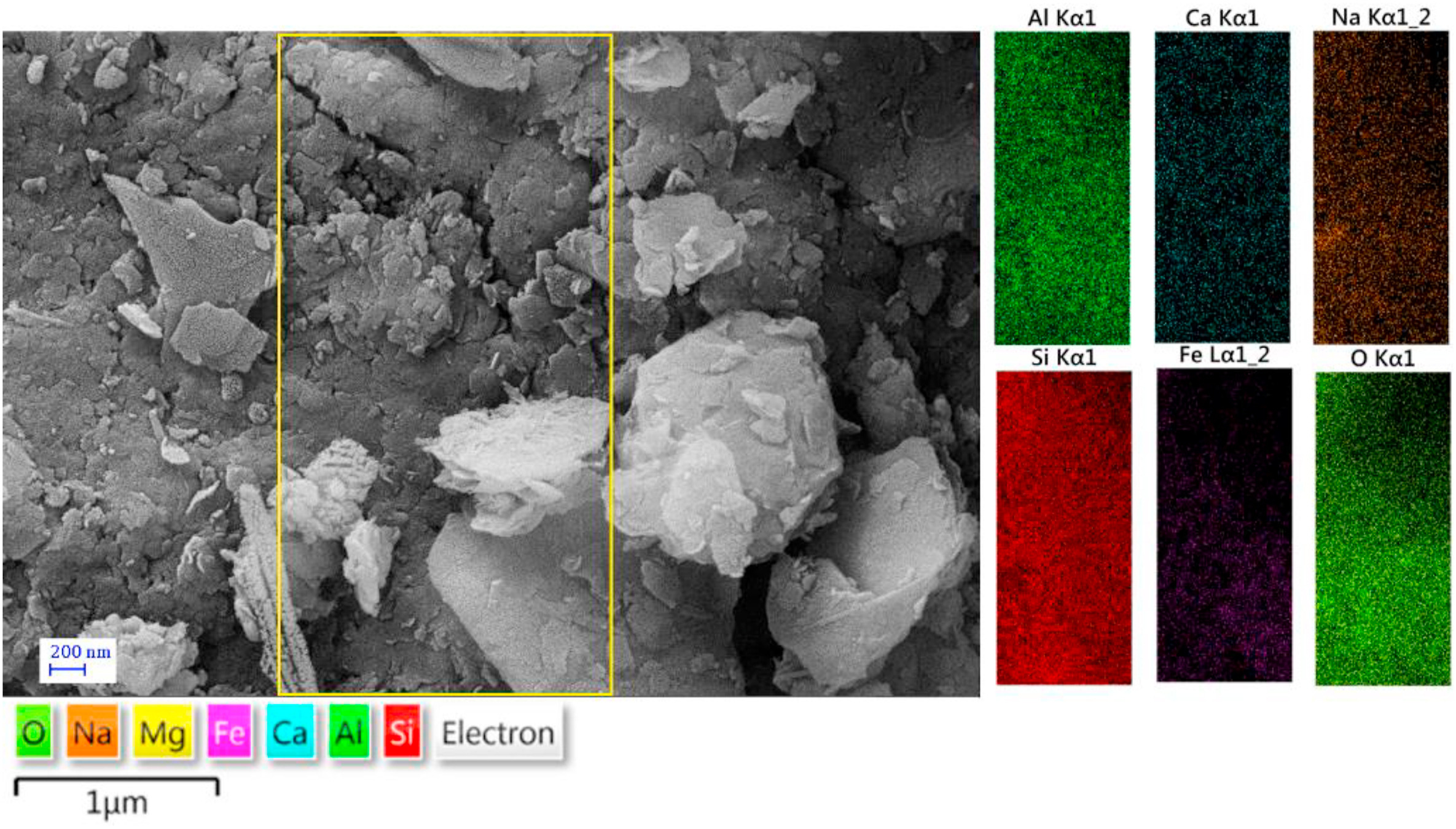JRMGE / Vol 14 / Issue 2
Clayey soil stabilization using alkali-activated volcanic ash and slag
Hania Miraki, Nader Shariatmadari, Pooria Ghadir, Soheil Jahandari, Zhong Tao, Rafat Siddique
Show More
a Department of Civil Engineering, Iran University of Science and Technology, Tehran, Iran
b Centre for Infrastructure Engineering, Western Sydney University, Penrith, NSW, 2751, Australia
c Thapar Institute of Engineering and Technology, Patiala, India
2022, 14(2): 576-591. doi:10.1016/j.jrmge.2021.08.012
Received: 2021-03-27 / Revised: 2021-07-06 / Accepted: 2021-08-20 / Available online: 2021-11-20
2022, 14(2): 576-591.
doi:10.1016/j.jrmge.2021.08.012
Received: 2021-03-27
Revised: 2021-07-06
Accepted: 2021-08-20
Available online: 2021-11-20
Lime and Portland cement are the most widely used binders in soil stabilization projects. However, due to the high carbon emission in cement production, research on soil stabilization by the use of more environmentally-friendly binders with lower carbon footprint has attracted much attention in recent years. This research investigated the potential of using alkali-activated ground granulated blast furnace slag (GGBS) and volcanic ash (VA) as green binders in clayey soil stabilization projects, which has not been studied before. The effects of different combinations of VA with GGBS, various liquid/solid ratios, different curing conditions, and different curing periods (i.e. 7 d, 28 d and 90 d) were investigated. Compressive strength and durability of specimens against wet-dry and freeze-thaw cycles were then studied through the use of mechanical and microstructural tests. The results demonstrated that the coexistence of GGBS and VA in geopolymerization process was more effective due to the synergic formation of N-A-S-H and C-(A)-S-H gels. Moreover, although VA needs heat curing to become activated and develop strength, its partial replacement with GGBS made the binder suitable for application at ambient temperature and resulted in a remarkably superior resistance against wet-dry and freeze-thaw cycles. The carbon embodied of the mixtures was also evaluated, and the results confirmed the low carbon footprints of the alkali-activated mixtures. Finally, it was concluded that the alkali-activated GGBS/VA could be promisingly used in clayey soil stabilization projects instead of conventional binders.
Keywords: Soil stabilization, Alkali-activated material, Volcanic ash (VA), Ground granulated blast furnace slag (GGBS), Curing condition, Durability
Article Data
Author(s) Information
Hania Miraki

Hania Miraki obtained her MSc degree in Civil Engineering from Iran University of Science and Technology which is among the top 5 Universities in Iran. She was ranked within the top 1% at Iran's National University Entrance Exam for Master's degree in Civil Engineering in 2018. She has over 5 years of research experience working in the Laboratory of Soil and Concrete of Abadgaran Negin Jonoobshargh Company (ANJ Co.) on some funded research projects in the areas of concrete durability, soil stabilization, etc. She also has the experience of being teaching assistance at University of Kurdistan, Iran. Hania is currently working as a Research Assistant at Chem Concrete Pty. Ltd. Her research interests include concrete durability, waterproof concrete, geopolymer concrete, soil stabilization and alkali-activated materials. She has recently published a number of high-quality journal publications on the same research topics.

